How to select
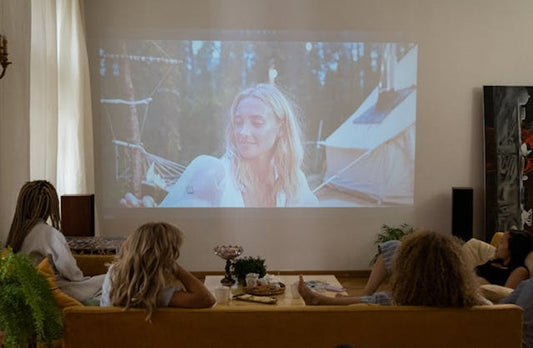
Best Home Theater Projector for 2025!
Ever since the dawn of cinema, people have been captivated by the magic of projecting movies onto a big screen. Today, home theater projectors bring that same magic to our...
Best Home Theater Projector for 2025!
Ever since the dawn of cinema, people have been captivated by the magic of projecting movies onto a big screen. Today, home theater projectors bring that same magic to our...
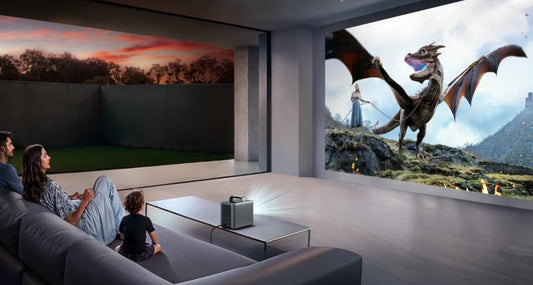
Best 4K Projector Out Now: Top Picks for 2025
Did you know a 4K projector can display over 8 million pixels, making images four times sharper than Full HD? That means ultra-clear movies, lifelike gaming, and immersive sports action....
Best 4K Projector Out Now: Top Picks for 2025
Did you know a 4K projector can display over 8 million pixels, making images four times sharper than Full HD? That means ultra-clear movies, lifelike gaming, and immersive sports action....
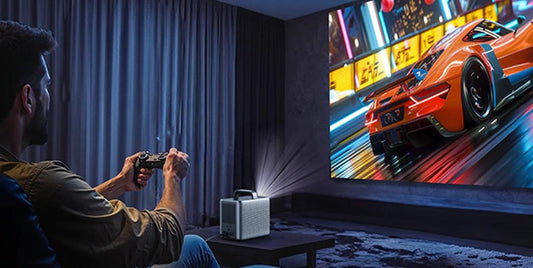
Best Projector for Gaming in 2025 (Update List)
Take control of your gaming experience with the best projector for gaming. Our guide provides in-depth reviews and tips to help you choose.
Best Projector for Gaming in 2025 (Update List)
Take control of your gaming experience with the best projector for gaming. Our guide provides in-depth reviews and tips to help you choose.
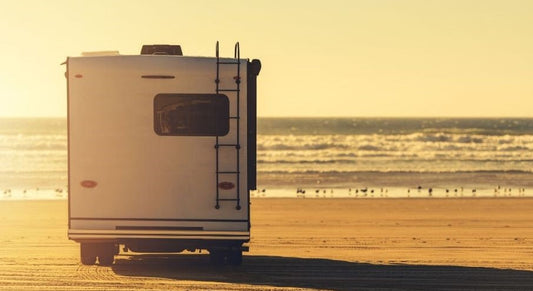
What Is Boondocking? A Quick Off-Grid Overview
As outdoor enthusiasts increasingly seek freedom from crowded campgrounds and modern conveniences, they are asking, "What is boondocking?” This unconventional approach to camping challenges traditional norms, appealing to adventurers drawn...
What Is Boondocking? A Quick Off-Grid Overview
As outdoor enthusiasts increasingly seek freedom from crowded campgrounds and modern conveniences, they are asking, "What is boondocking?” This unconventional approach to camping challenges traditional norms, appealing to adventurers drawn...
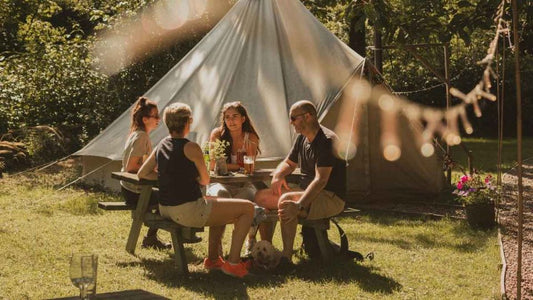
What is Glamping? Ultimate Guide to Comfortable...
Forget the struggles of pitching tents or roughing it in the wilderness. Glamping invites you to relax in style with cozy beds, modern amenities, and scenic outdoor experiences. Whether you’re...
What is Glamping? Ultimate Guide to Comfortable...
Forget the struggles of pitching tents or roughing it in the wilderness. Glamping invites you to relax in style with cozy beds, modern amenities, and scenic outdoor experiences. Whether you’re...
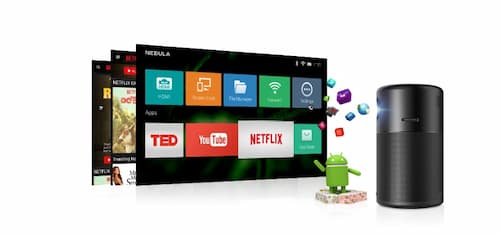
DLP vs. LCD Projector: Which One is Right for You?
Projectors have come a long way from their humble beginnings as devices used for presentations in boardrooms. Today, they serve as versatile tools for various applications, from home entertainment to...
DLP vs. LCD Projector: Which One is Right for You?
Projectors have come a long way from their humble beginnings as devices used for presentations in boardrooms. Today, they serve as versatile tools for various applications, from home entertainment to...